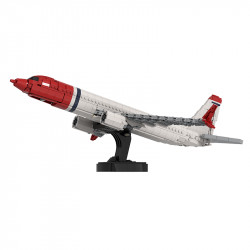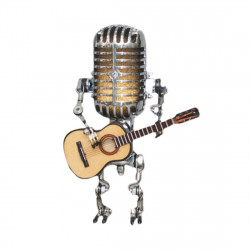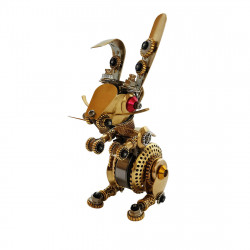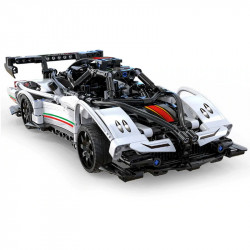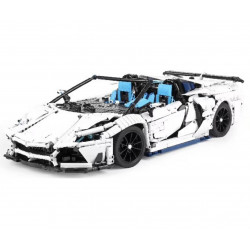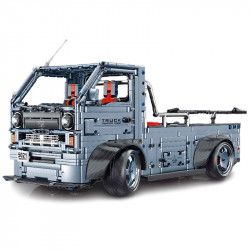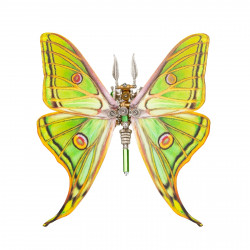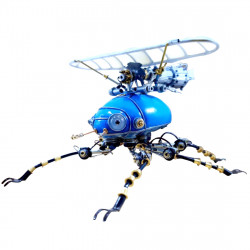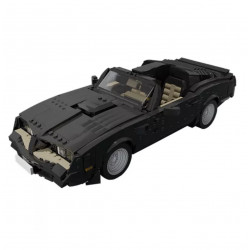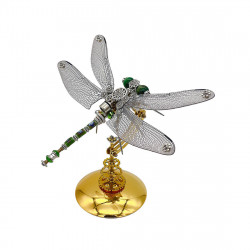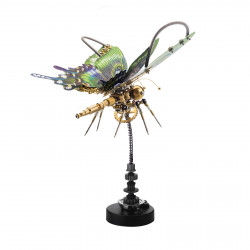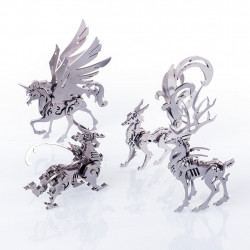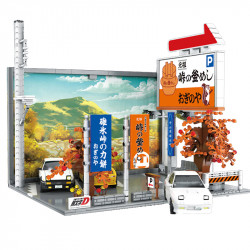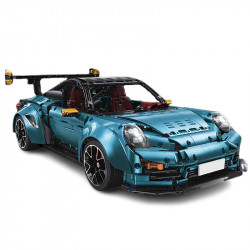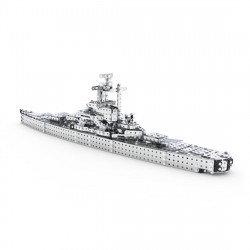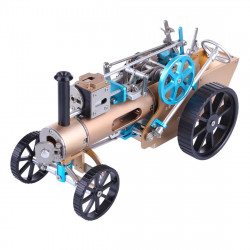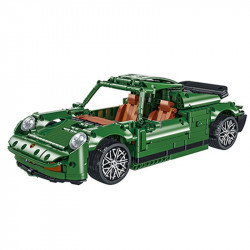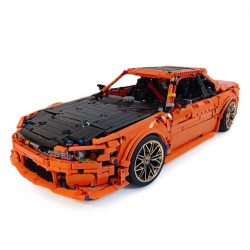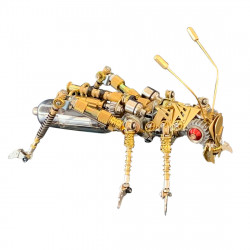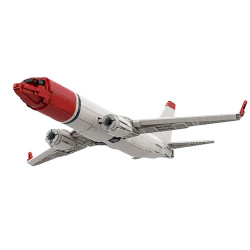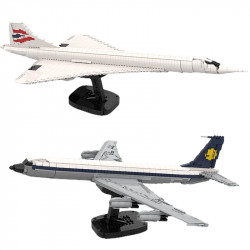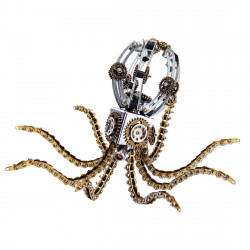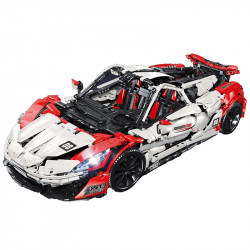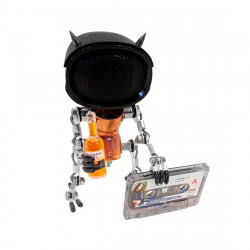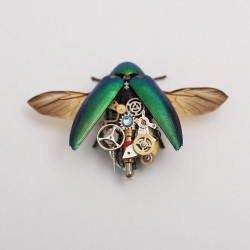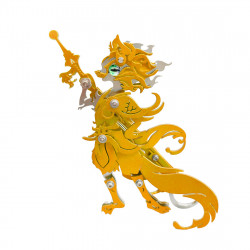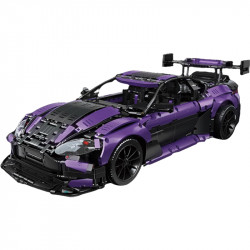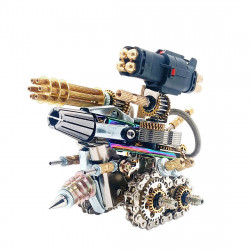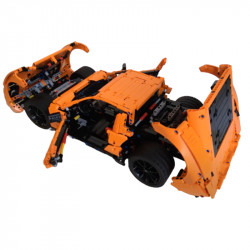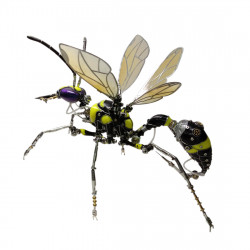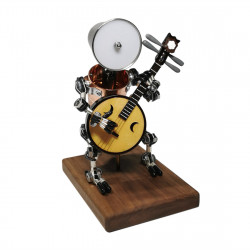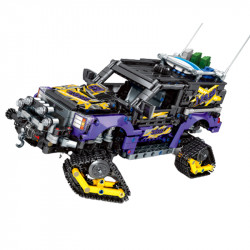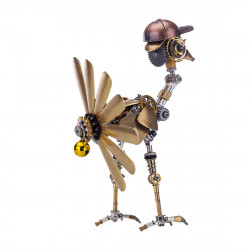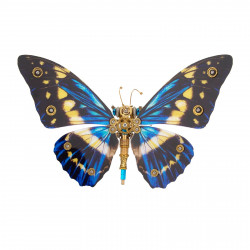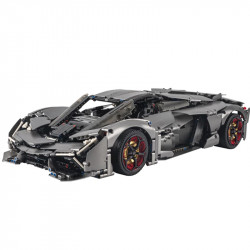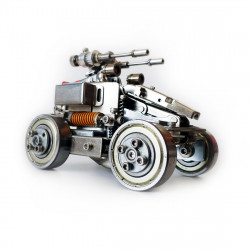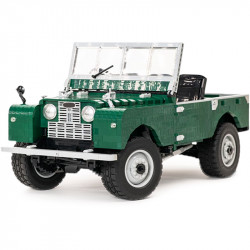How can you help a Christmas beetle in your garden?

How can you help a Christmas beetle in your garden?
What's Christmas Beetle?
In Australia, Christmas brings back memories of long summer evenings, complete with the lively buzzing of the Christmas bug. The Royal Australian Mint is releasing this stunning 2022 50-cent Colored Proof Sterling Silver coin in honour of this distinctive Australian festival. Most Australians who live in cities believe that Christmas wouldn't be the same without these shimmering beetles swarming around lamps and smashing into windows at night.
A eucalyptus wreath embellished with bugs and local flora frames a charming Christmas beetle mandala printed in a glittering, ultra-metallic design. Ready for hanging display over the holidays, this gorgeous proof coin comes in a unique hanging decoration featuring the Mint's trademark ribbon.
Therefore, you may wonder what the Christmas battles are. The length of Christmas beetles is 15–40 mm. Australia is home to around 3,000 species. Most Christmas beetles are more active at night and are frequently observed circling lights. Some are black or green, but the majority are golden. By the end of February, adult Christmas beetles often stop their activity. Previously, they plundered the trees out of avarice and might have even maimed them. In general, northern Australian Christmas beetles emerge earlier than their southern counterparts. Their larva has three pairs of legs on the body and a reddish-brown head that resembles a crescent moon. Typically found beneath the soil layer of lawns or pastures, these larvae consume plant roots before emerging as adults to burrow holes and climb out of them.
So Why Is Christmas Beetle Special?
Christmas falls during summertime in Australia, yet it is a traditional Western event. A group of adorable young beetles is especially active right now. Like the odd ornaments on the Christmas tree, they crawl on the leaves. As a result, the Christmas beetle is their unique name. Christmas beetles represent Australian summertime, along with mangoes, cherries, BBQ, and obnoxious mosquitoes. The Christmas scene is especially sentimental because of its vivid hues. Due to their experience with summer over Christmas, southern and eastern Australia are home to most of these adorable beetles.
Christmas beetles are members of the genus Anoplognathus, which has around 30 species, all of which are located in stunning Australia. They have brown, green, or yellow elytra and are roughly 20 to 30 mm long. They are ubiquitous in Australian towns and rural areas. Lights frequently draw them to homes since they enjoy moving around after dusk.
Eucalyptus leaves are Christmas beetles' favourite diet. The phrase "Christmas tree decorations" refers to the fact that many Christmas beetles emerge from the ground and congregate on eucalyptus trees to feed, particularly during Christmas. Female Christmas beetles lay their eggs underground in meadows next to eucalyptus trees. Despite their "bad" behaviour, larvae eat at the grassroots and have "superior" looks.
Why Is it Hard to Find a Christmas Beetle In Australia Now?
Climate change and habitat loss may now explain the drop in beetle numbers, but further study is required to be certain.
The lake's damp eastern or southern portions near the coast are home to the majority of Australia's around 35 species of Christmas beetles. Near Sydney, there are about eight different kinds of Christmas beetles. Christmas beetles are regarded as pests since they are typically held accountable for the widespread death of young tree saplings. But insect specialists say the Christmas beetle shouldn't take all the responsibility. Large-scale land reclamation and tree-cutting by humans over the past 200 years have significantly altered Australia's biological environment, which ultimately caused a substantial rise in beetle populations at an unusual rate.
In the 1960s and 1970s, these insects were extensively distributed. The beetle larvae used to live in tiny grassland areas but frequently inhabit large regions. Since the entrance of European colonists, the eucalyptus forests that once served as food for adult beetles have drastically decreased. This has led to an increase in the number of beetles that live in eucalyptus trees, increasing the vulnerability of relatively isolated woodlands. During the previous 30 years, residents of the Sydney region have constructed many homes in the woodland where the grass was formerly thriving. The Christmas beetle population has been steadily declining due to the destruction of their dwelling habitat.
How can you help a Christmas beetle in your garden?
1. Plants some eucalyptus plants
because eucalyptus leaves are the primary food source for Christmas beetles. The leaves at the top of eucalyptus trees are a favourite food source for adult Christmas beetles. A yearly Christmas beetle gathering feast can be prepared by preserving your native eucalypts and planting a couple in your garden. You can gather these Christmas beetles in the safety box and carry them to the park if your garden lacks eucalyptus plants.
2. Make some habitats
It's also a straightforward way. Assemble branches, bark, lichen, moss, and other organic materials like wool, twine, thread, and sacks. Then, fill the habitat with leftover wood chips, twigs, or huge shells. Warm, dry chambers 3 to 4 inches deep and filled with mulch, leaves, twigs, and sawdust are preferred by Christmas beetles. These cavities should be refilled as needed for production. Building a bird's nest is something a lot of friends have done. The process is relatively straightforward and comparable.
3. Prepare a Culture box
Prepare a plastic bug terrarium, place 3–5 cm of garden soil on the bottom, place some small branches or wood blocks inside for the beetles to crawl on, and scatter some dead leaves on the soil to provide a more organic appearance if you wish to keep a Christmas beetle as a pet. A comfortable environment for the Christmas beetles has already been created by placing the breeding box in a cool, well-ventilated area. However, remember that the insect's heat dissipation system is not very good and can easily perish in hot weather.
4. Cover water butts
Although the Christmas beetle is incapable of swimming, it will be able to float on the water and reach the coast thanks to buoyancy between its wings and a water film. It will sink if the entire body is drenched or if the water film is destroyed by the detergent. Terrestrial insects with breathing holes in their stomachs are known as Christmas beetles. If their stomachs are submerged in water, they will quickly drown.
5. Don't use chemicals
Beetles come in a wide variety, and not all are poisonous. There will be fewer and fewer beetles in the wild if you spray to destroy them.
6. Join the Christmas Beetle Count Project
According to Professor Tanya Latty, an entomologist from the School of Life and Environmental Sciences, we need the public's assistance to monitor Christmas beetle populations if we are to determine which species may be in danger and where there are still sizable populations. But right now, "we don't have enough information, and they're geographically spread out, so the data are sporadic." consequently, "we need to collect data on Christmas beetle populations to understand where they are and how much they are." "Only with large-scale basic data from thousands of Australians will we be able to figure out whether beetle populations are actually declining, and ultimately why," said Latty.
A new software called Naturalist, created by the University of Sydney, enables users to instantaneously capture the locations and images of every Christmas beetle they come across. To assist scientists in staying current with these organisms, visit https://www.naturalist.org/ or download the app if you're interested in the Christmas Beetle Count Project. The most accessible resource for identifying your beetle is the "Xmas Beetle ID Guide" app from the Australian Museum, which is also free.
Beetles are, without a doubt, the most exquisite ornaments found in nature. The most exquisite ornamentation, however, belongs in nature rather than in our hands. Metal3dpuzzles offers 3D metal beetle model kits for construction, allowing you to appreciate the beauty of bugs and unwind while creating them.
